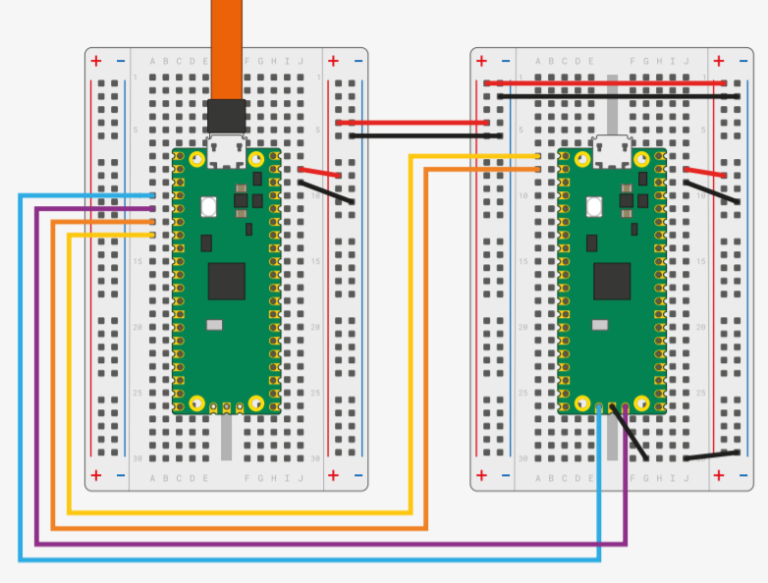

PWM frequency is determined by the clock source. The number of cycles per second defined by a signal's frequency is inversely proportional to the time period. When we toggle a digital signal (ON and OFF) at a high frequency, the result is an analog signal with a constant voltage level. The following factors influence the behaviour of a pulse width modulated signal:įrequency : Technically, frequency means “number of cycles per second”. Using a digital input signal, the Pulse Width Modulation technique produces modulated output signals. Pulse Width Modulation (or PWM) is a modulation technique used for controlling the power delivered to a load or external/peripheral devices without causing any power loss by pulsing the direct current (DC) and varying the ON time of the digital pulse. The PWM channel provided in RP2040 are of 16 bit resolution which means maximum PWM resolution is 2^16 or ranges between 0 to 65536.įor more information on Raspberry Pi Pico’s PWM channels you can visit the Raspberry Pi organization’s official website: īefore programming the Raspberry Pi Pico for PWM implementation let’s first understand the concept of Pulse Width Modulation. The pin B from PWM (A/B) can also be used as an input pin for duty cycle and frequency measurement. There are total 8 slices and hence 16 channels. These PWM channels are represented in the form of slices or groups and each slice contains two PWM outputs channel (A/B). Means we can set the duty cycle and frequency for one channels without affecting the others. RP2040 offers 16 PWM channels and each channel is independent of another. Almost all the GPIO pins (30 pins) can be used to implement pulse width modulation technology. where most of the pins are multifunctional except power supply pins. Raspberry Pi Pico (RP2040) offers 40 pins which include power supply pins, General Purpose Input Output (GPIOs) pins, ADC, PWM etc.


 0 kommentar(er)
0 kommentar(er)
